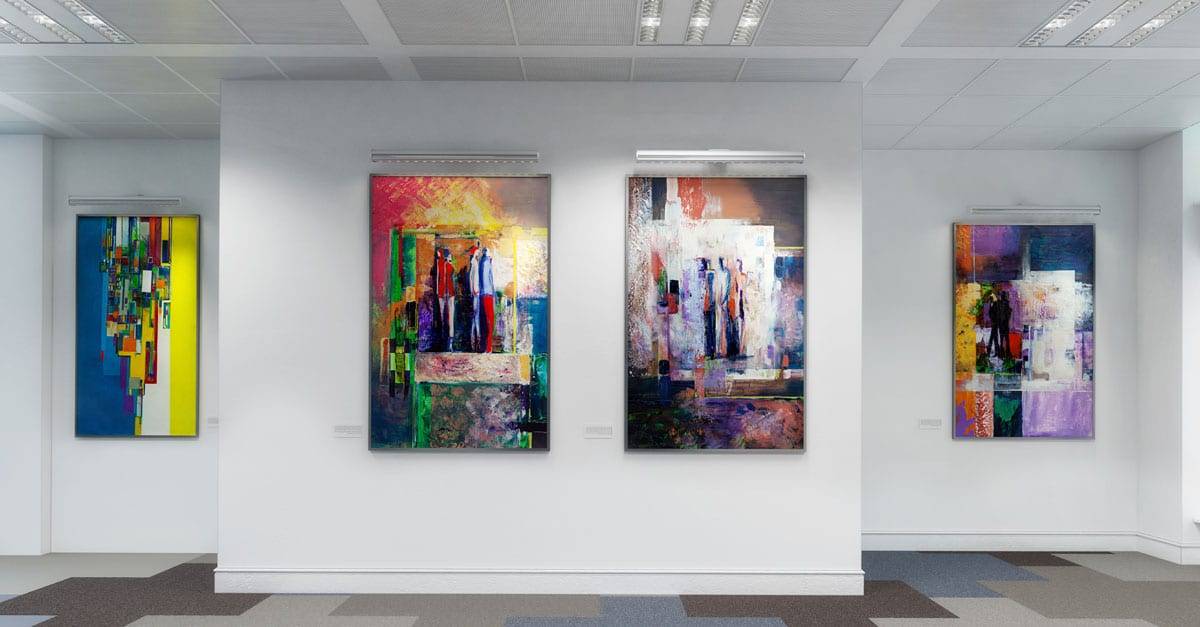The Emergence of Virtual Art
Discussing the current art landscape requires an understanding of the profound influence of virtual art, specifically non-fungible tokens (NFTs). Symbolized by the sale of Beeple’s virtual artwork for a staggering $69 million at Christie’s, this new arena allows artists to digitize their creations on a blockchain, providing an immutable, transparent proof of ownership. This development has attracted the attention of a unique group of wealthy individuals – those enriched by cryptocurrency – who are showing a significant willingness to invest their digital wealth in virtual art.
The Rise of Art Securitization and Shared Ownership
The accessibility of high value art investments is increasingly enabled by securitization and shared ownership platforms. These mediums allow a large number of investors to own a “share” in an expensive work of art, thus reducing the traditionally exorbitant entry prices of the high art industry. As a result, a broader spectrum of investors is becoming involved in art investment, which is likely to influence market trends in the coming years.
A Transition Towards New Artists and Regions
The high art market has traditionally been Eurocentric, with an intense focus on big names. However, there is a noticeable shift toward new artists and regions that have been underrepresented, including Africa and Southeast Asia. This shift is not only about diversification, but also about supporting cultural preservation and pioneering artists who are redefining the course of art history. Contemporary African art sales at Sotheby’s in London have exceeded £2.3 million, indicating an upward trend.
The Growing Trend of Art-Backed Loans
Art-backed lending has experienced a surge and appears poised to maintain this momentum. Wealthy individuals are using their art collections to gain liquidity without having to part with their treasured artifacts. This behavior reflects the ongoing monetization of the art world, where works of art are increasingly viewed not only as aesthetic or cultural assets, but also as collateral.
Wealth Aggregation: Simple, Dynamic, and Secure Beyond Compare. Discover the Altoo Wealth Platform!
Sustainable and Ethically Conscious Art Investment
Consistent with the broader shift toward environmental, social, and governance (ESG) factors in investing, there’s a growing focus on sustainable and ethical art investing. This includes considering the environmental footprint of art (including materials, transportation, storage), societal impacts (such as the inclusion of diverse artists), and exemplary governance within art institutions. Institutions such as London’s Tate have committed to halving their carbon emissions by 2023, demonstrating the potential for green practices to shape the future of art investment.










